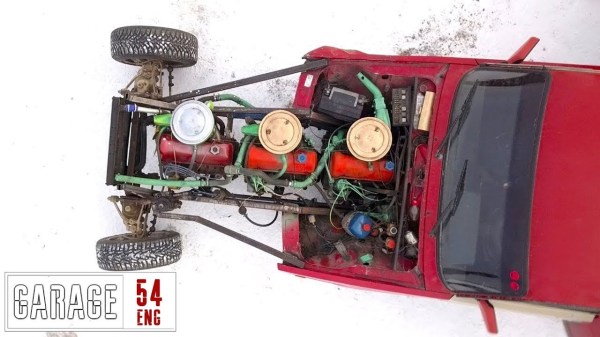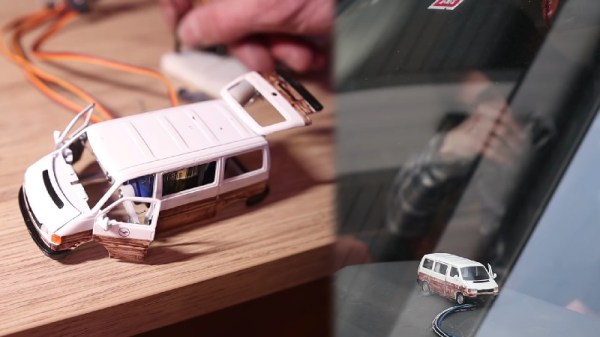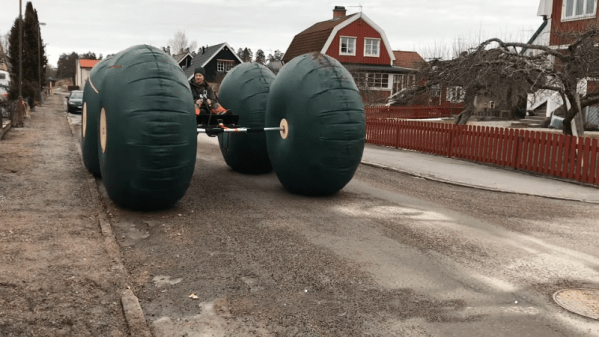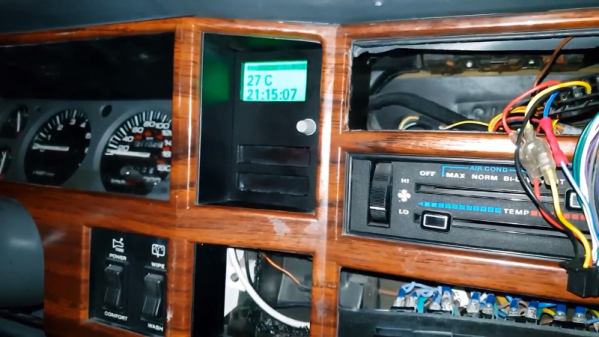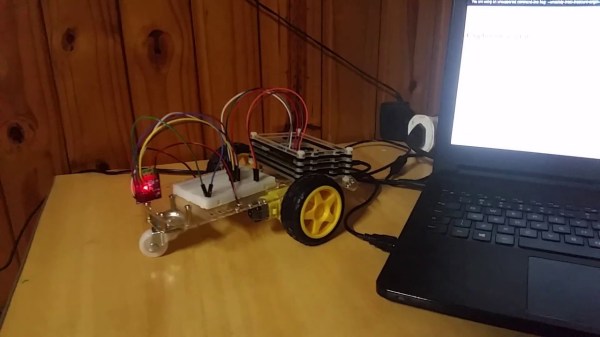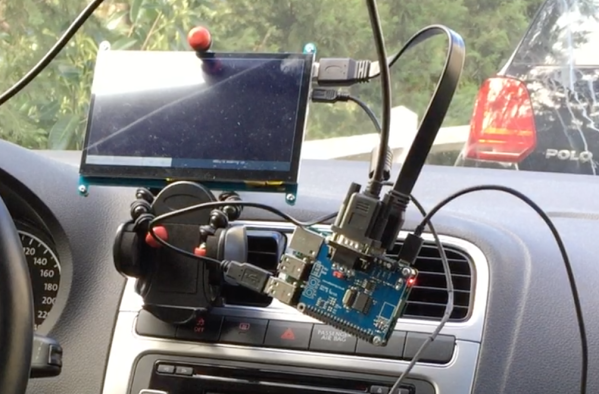If you don’t live in a former Eastern Bloc country, odds are that you’ve never seen a Lada driving around your neighborhood. This car is ubiquitous in Russia and its neighboring countries, though, and for good reason: price. Lada gave many people access to affordable transportation who otherwise would have been walking, but this low price means that it’s a great platform for some excellent car hacks as well.
The guys at [Garage 54], an auto shop in Russia, outfitted one of these discount classics with two extra engines. This goes beyond normal bolt-on modifications you typically see to get modest horsepower gains from a daily driver. The crew had to weld a frame extending out of the front of the car to hold all the extra weight, plus fabricate all the parts needed to get the crankshafts on each engine to connect to each other. After that, it was the “simple” job of tuning the engines to all behave with one another.
This video is really worth watching, as the car was also upgraded with a dually setup on the back with studded tires for extra grip on their ice track. Odds are pretty good that this car isn’t street legal so this is likely the only place they’ll be able to drive it. Other things can be built out of Ladas as well, like lawn mowers for example.
Thanks to [g_alan_e] for the tip!

